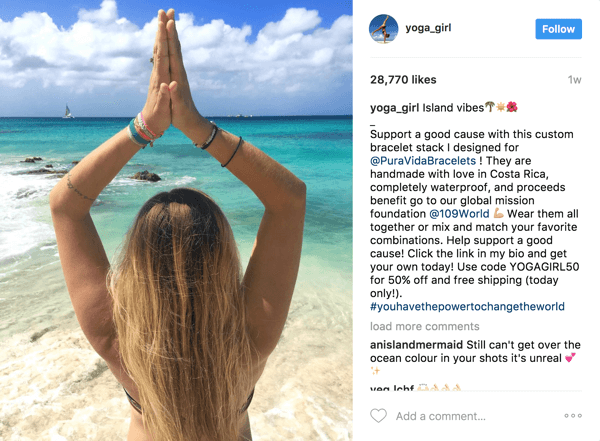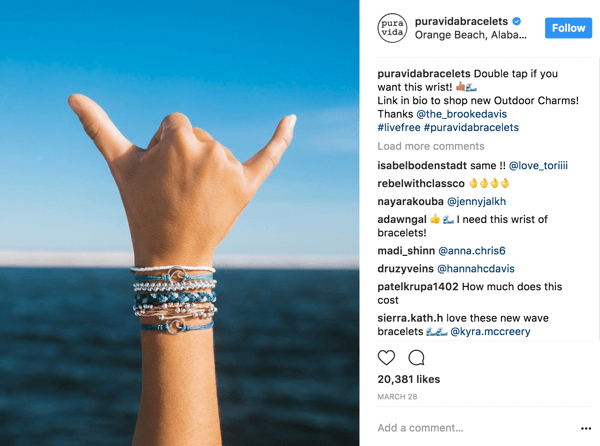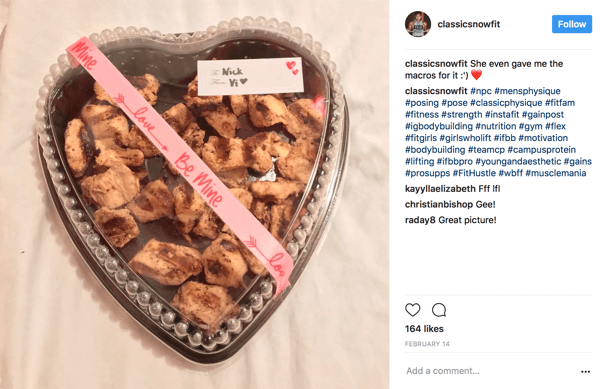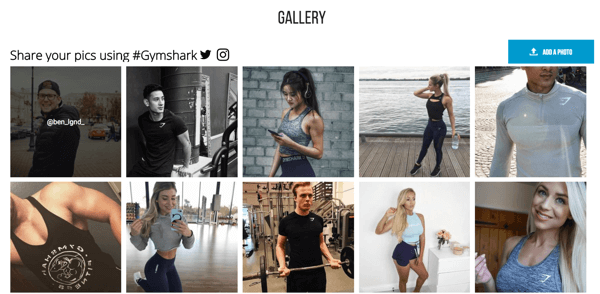According to Social Media Examiner’s annual report, in 2018 some 69 percent of marketers planned to increase their investment on Instagram and 74 percent planned to learn more about how to best use the social network.
Driving this spike in interest is a quickly growing audience and considerable popularity with younger consumers. Instagram now has more than 800 million active users, with 71 percent of US adults ages 18–24 and 72 percent of US teens ages 13–17 on the platform.
Though most marketers understand the power of the platform, actually establishing a successful presence remains a challenge. Many marketers are still unsure about which types of content to post, when to engage, how best to reach audiences and what the social network’s full range of features include.
To help, here are seven steps that every brand should grab to achieve Instagram success:
1. Optimize your business profile.
Your Instagram efforts should begin with your profile. It’s both a key to unlocking important backend platform features, as well as an essential tool for encouraging consumers to engage.
Before doing anything else on the social network, ensure that you’ve got a business account, not just a regular one (watch this video to see how). Business profiles give organizations a set of tools—advertising options, analytics insights and additional contact information fields (call now, shop now, email and directions) that aren’t available to standard users.
Once you have a business profile, develop it. Because Instagram is so visual and light on text, its profiles do much more heavy lifting compared with other social networks. This is a valuable chance to tell your brand story in your bio, engage with a good avatar and include a link to an external webpage.
2. Focus on high-quality, beautiful visuals.
What do younger consumers want to see from brands on Instagram? To find out, parent company Facebook polled 11,000 people, ages 13–24, from around the world.
The survey uncovered a clear preference: people want high-quality, beautiful posts.
As the researchers said in the report:
Instagrammers appreciate aesthetic quality in visual content and will often make the effort to transform the banal into a thing of beauty. Brands seeking to engage teens and young adults will want to offer an organic experience by aiming for quality, too. Images and video will ideally be beautiful, thoughtfully composed and artfully presented.
Keep in mind that your images and videos don’t have to be perfect from the start: Instagram has a range of powerful tools available—including filters and collages—that can help turn content pieces into things of beauty.
3. Share a mix of photos, videos and stories.
Should your brand be posting photos or videos to Instagram?
The answer is both. An analysis by NewsWhip found that average engagement on photo posts increased by 46 percent last year and the average engagement on video posts increased by 53 percent. The researchers also found that photos tend to get more likes and videos tend to get more comments.
Also, don’t forget about Stories. The vanishing content type that Instagram copied from Snapchat has been a smashing success, and more than 300 million people are now daily active users.
4. Experiment with posting times.
What are the best days and times to post content to Instagram?
Often the research is contradictory and confusing. For example, a report from Sprout Social states: “The best time to post on Instagram is Wednesday at 3 p.m., Thursday at 5 a.m., 11 a.m., and 3 to 4 p.m., and Friday at 5 a.m.”
What’s a marketer to make of this odd mix?
The first takeaway is that general rules aren’t very useful. Each brand has a unique audience with unique behaviors and it’s only through trial and error that you’ll find the best schedule for your specific content.
The second takeaway is that the most effective slots are often unexpected. While people do tend to use the platform more on certain days and times, these periods are also when competition is greatest. By experimenting with when you post, you may find opportunities for higher engagement that you didn’t know existed.
5. Tap into the networks of other users.
It’s impossible to talk about Instagram marketing without talking about influencers—and with good reason. The number of sponsored posts has more than doubled on the platform since 2016 and the Instagram influencer market is expected to reach $2.3 billion next year.
What’s powering this incredible growth? Fundamentally, it’s being driven by the fact that brands recognize that the best way to reach larger, and/or targeted, audiences on Instagram is to engage followers beyond their own.
While influencer marketing has its challenges, it’s a highly effective approach on Instagram when executed well. Also, marketers should keep in mind that it’s only a part of a wider range of tactics that engage the networks of other users. For example, creative hashtag campaigns have similar effects in terms of extending reach.
6. Integrate e-commerce directly into posts.
One of the powerful and relatively new features that’s sometimes missed by marketers is theShopping on Instagram offering. Once enabled, this lets you create “shopping posts” that allow for the tagging of up to up to five products with details and pricing.
You can also add a “shop now” button to your profile that will bring people directly to your external digital storefront. This lowers the barrier between consumers engaging with your posts and purchasing products.
7. Use Instagram’s sophisticated ad platform.
Finally, don’t forget that organic posts are only part of what makes Instagram such a powerful marketing tool.
The platform has a wide range of different ad formats—including photo ads, video ads, Carousel ads and Stories ads—that enable brand managers to creatively and effectively engage audiences. All of these options are powered by Facebook’s impressive Ads Manager tool, which gives advertisers precise targeting options, useful performance insights, and robust campaign management capabilities.
Michael Del Gigante is the founder of MDG Advertising. A version of this post originally appeared onthe MDG Advertising blog.
Source: PRDaily

















.png)
